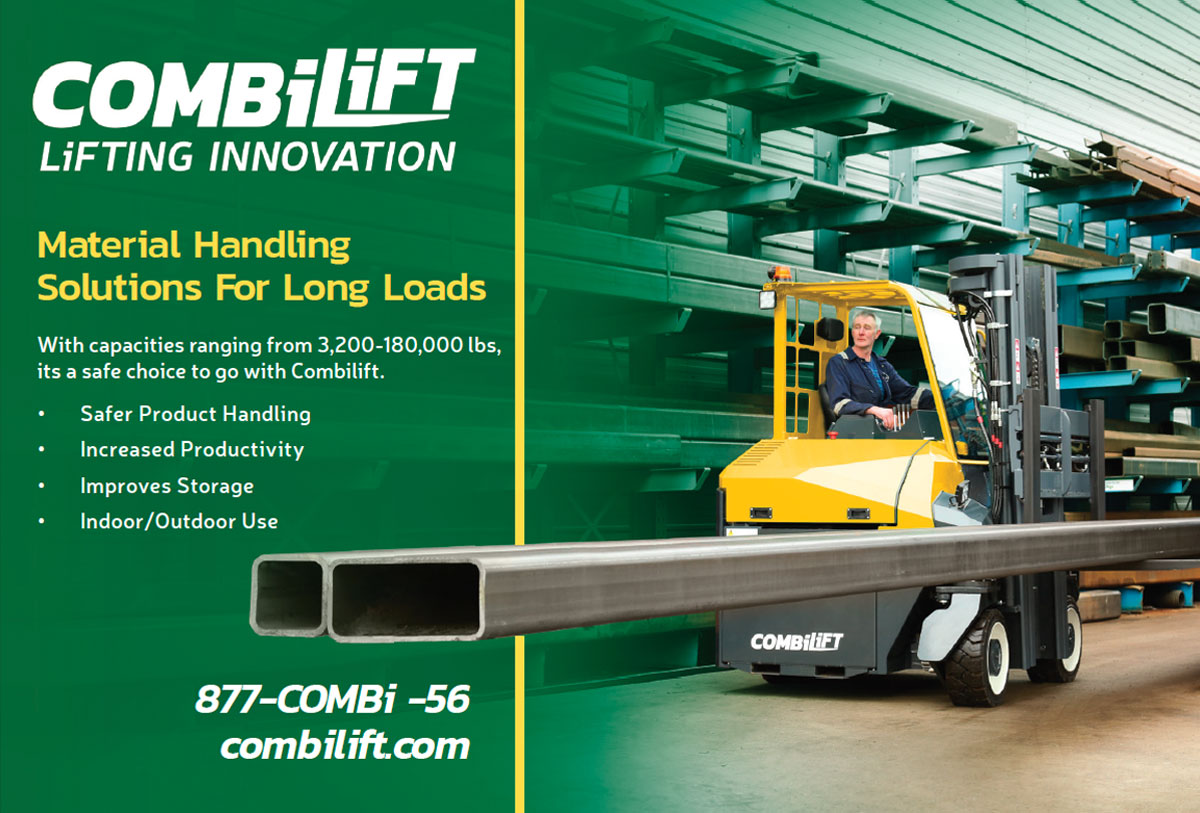materialhandling
or every narrative, there is a beginning, middle and an end. That is how CH Steel Solutions, North Canton, Ohio, approaches a customer’s story: There’s a space, there are large, heavy objects moving around in the space and there are people working to make those objects useful.
“At a 30,000-foot level, we have a site survey procedure we use. We fill in the blanks, based on what our customer provides from the start,” says Ken Ertel. Ertel is president of a company that provides turnkey solutions for storage, racking and material handling needs at industrial distributors, many of them metal warehouses.
“Some customers give almost too much detail, and other customers have no idea where to begin,” he says. “The larger companies usually have someone on staff who has done this before. But there is always something they need that they might not have discovered.”
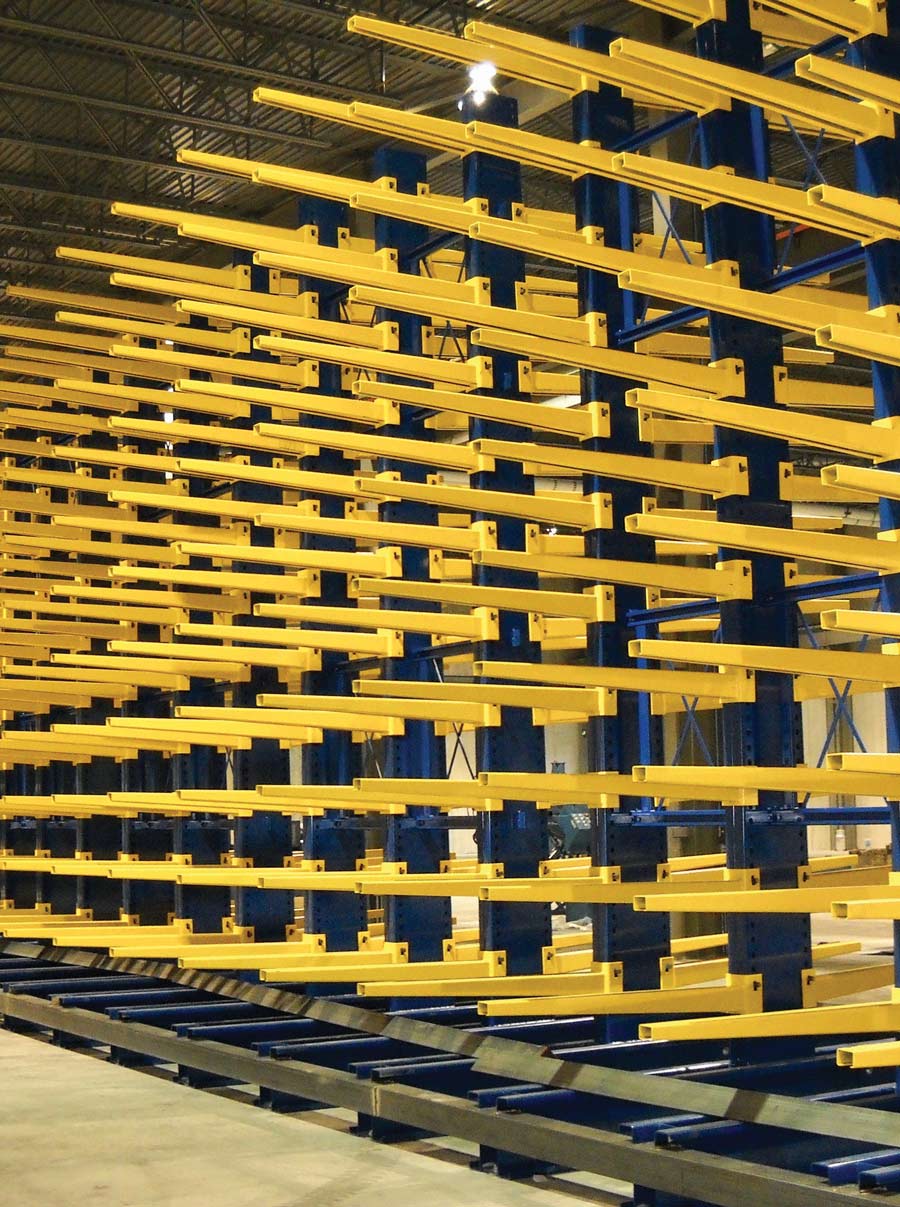

 We will adapt the [installation] crew to the job so that we don’t halt production.
We will adapt the [installation] crew to the job so that we don’t halt production. 
“Our engineers determine the seismic situation, then design rack space based on loads and heights and how to lay them out based on the interior space. We take into account doors, drive-throughs, building columns,” Ertel explains. “We use software that will perform a basic layout, and then we will tweak it to avoid a heater or to shorten a row, for example, so there is a human touch.”
The company has long-term partnerships with contract installers that go all over the country. One of them specializes in seismic standards and is focused on West Coast customers.
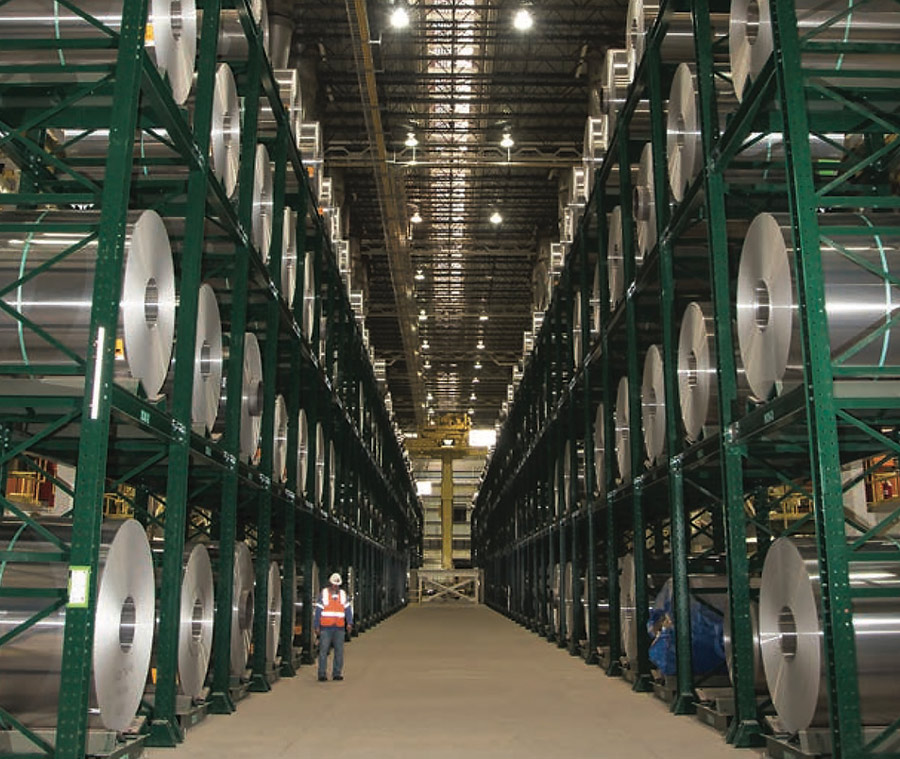
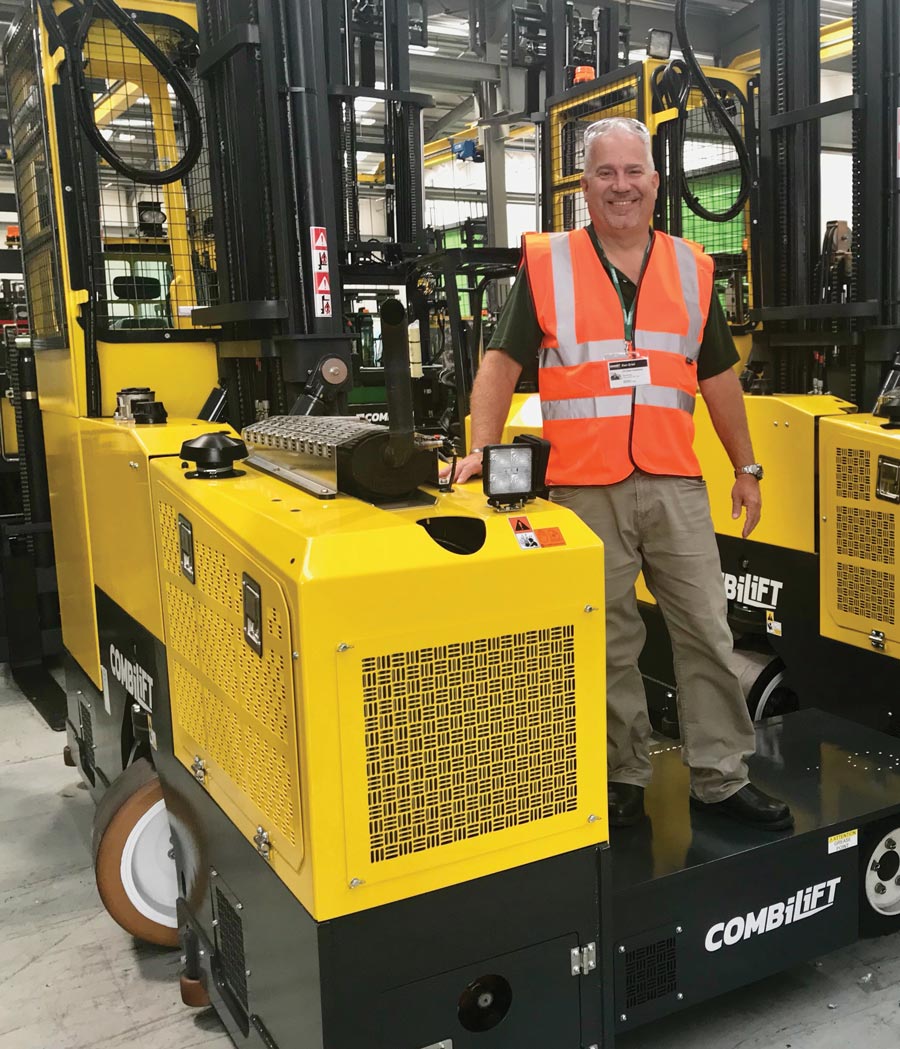
Some of the subcontractors “have been working with us since 1979 and are in the second generation.” The installers erect the columns, anchor and bolt them, and torque the bolts so the racks won’t move. They also install guide rails and other features.
The key to achieving the optimum solution, Ertel says, is to have a great deal of information. “More is better than not enough. That makes it easier for us to fulfill what customers want.”
“This takes greater consideration and maybe a bit more money, but customers are willing to pay for it because they don’t know what their future inventory is going to be.” As a result, “our racking is becoming more universal so it can handle different sized loads safely.”

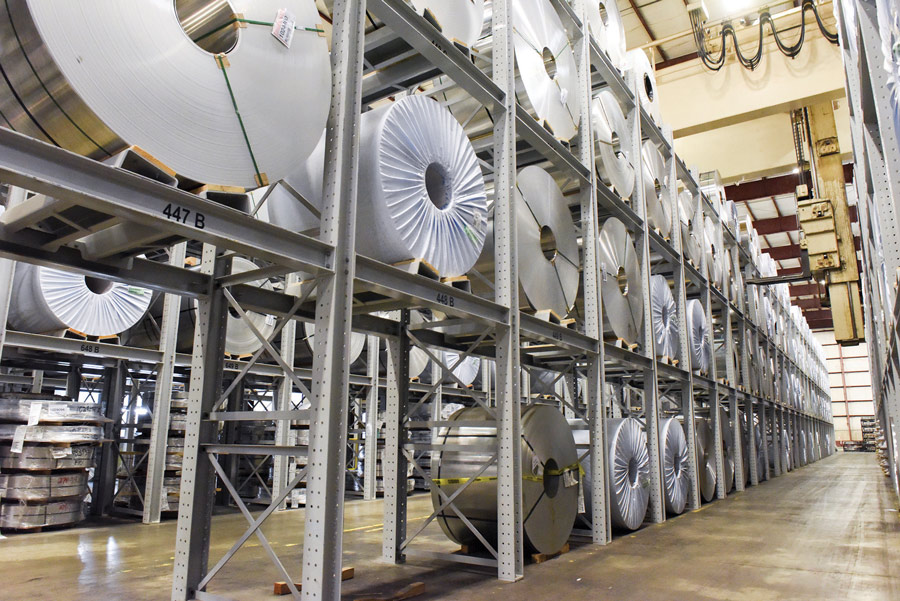


“It means possibly laying out columns closer together and making sure capacities are sufficient. Then anything lightweight is fine and you don’t need to have numerous configurations of racks,” Ertel says. Needs are changing, and sometimes quickly, so “we can respond and give customers what’s safest for most or all their loads. Our engineers are very good at helping customers define that.”
Another trend moving forward at high speed is automation. “Automation is coming for the sideloaders, the forklifts and the order pickers,” says Ertel. “There is a lot more coming that is going to make us competitive with international automated retrieval system builders. That’s where we are going. We have prototypes already working. By 2021, we will be able to show them off.”
